Words in Motion: Where Literature Meets the Body
When we think of literature, we often imagine quiet moments: someone curled up with a book, pen scribbling on paper, or fingers tapping a keyboard. Literature feels still—rooted in the page, locked in ink. But what if we told you literature could dance, leap, spin, and run?
Welcome to the world where literature meets movement.
This intersection is a vibrant, expressive space where the written word escapes the page and finds life in physical form. Whether it’s through performance, gesture, dance, or even walking with words in mind—literature, when paired with movement, speaks to our entire being: mind, body, and soul.
Let’s take a journey through this beautifully blended art form.

📖✨ 1. Storytelling Beyond the Page
Storytelling is one of the oldest forms of communication. Long before writing systems, people told stories aloud—using voice, expression, and physical movement to convey meaning. The griots of West Africa, the Native American oral traditions, ancient Greek tragedies—all rooted in motion.
Even today, some of the most powerful literature is experienced not in silence, but through performance.
-
Theater brings dialogue and narrative to life through acting, staging, and choreography.
-
Spoken word poetry uses rhythm, pacing, and body language to amplify emotional impact.
-
Dramatic readings offer a chance to physically embody characters, even in minimalist settings.
In these spaces, literature is alive. It breathes, moves, and interacts with its audience in real time.
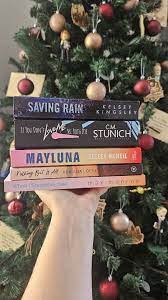
💃📚 2. Dance as a Literary Language
Dance, too, is a form of storytelling—except the “words” are gestures, shapes, and sequences.
In recent years, choreographers have begun using literary works as inspiration for entire dance pieces. Think of a ballet based on a classic novel or a contemporary performance built around a poem.
For example:
-
Maya Angelou’s poetry has inspired countless modern dance interpretations, with her themes of resilience and identity expressed through bold, fluid motion.
-
Shakespeare's plays have long been adapted into expressive ballets, from Romeo and Juliet to Macbeth.
-
Contemporary dancers use literary monologues as a backdrop for improvised movement that mirrors tone, pacing, and mood.
This fusion allows audiences to “feel” the literature in a new, embodied way.
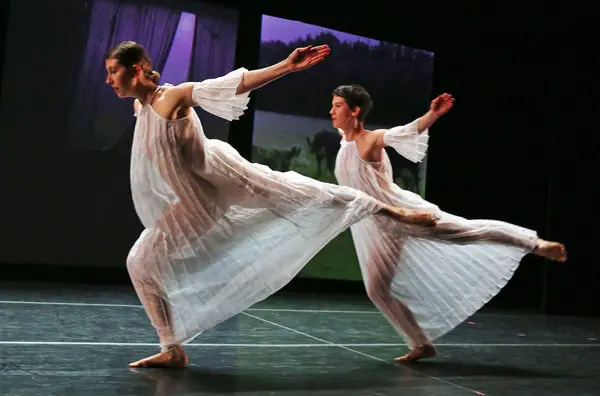
🎭🗣 3. Physical Theater: The Body as a Book
Physical theater is where movement takes center stage—even more than traditional acting. Performers use their entire bodies to tell stories, often with minimal dialogue.
A gesture becomes a sentence. A leap becomes a metaphor. A stillness becomes suspense.
Companies like DV8 Physical Theatre and Complicité have gained global acclaim for using literature, current events, and social issues as fuel for movement-driven performances. Their work proves that complex ideas can be translated into physical form, without losing depth.
Imagine reading a paragraph about grief—and then watching someone portray that same grief through posture, pace, and breath. It’s literature, just with a different vocabulary.

🚶♀️📓 4. Walking as Literary Practice
Here’s a quieter, more meditative twist: literary walking.
Writers from Virginia Woolf to Thoreau have drawn profound inspiration from the simple act of walking. The rhythm of footsteps can mirror the rhythm of thought. The body in motion encourages the mind to wander—and often, to wonder.
Try this:
-
Take a poem or a short story with you on a walk.
-
Read it once, then let your thoughts drift as you move.
-
Notice how your interpretation shifts as your environment and body change.
This blend of movement and reading can transform how we connect with text—grounding it in real, physical experience.

🧠❤️ 5. Why This Matters: Mind-Body-Story Connection
So why does merging literature and movement matter?
Because we’re not just brains floating around. We live in bodies. We feel emotions in our chests, anxiety in our stomachs, joy in the way we move.
By integrating movement into literary experiences:
-
We process stories on a deeper level—emotionally and somatically.
-
We open literature to wider audiences, including those who connect more physically than verbally.
-
We challenge the idea that reading and writing are the only ways to engage with a story.
In classrooms, incorporating movement into literary education has even been shown to boost comprehension and memory—especially for younger learners and kinesthetic learners.
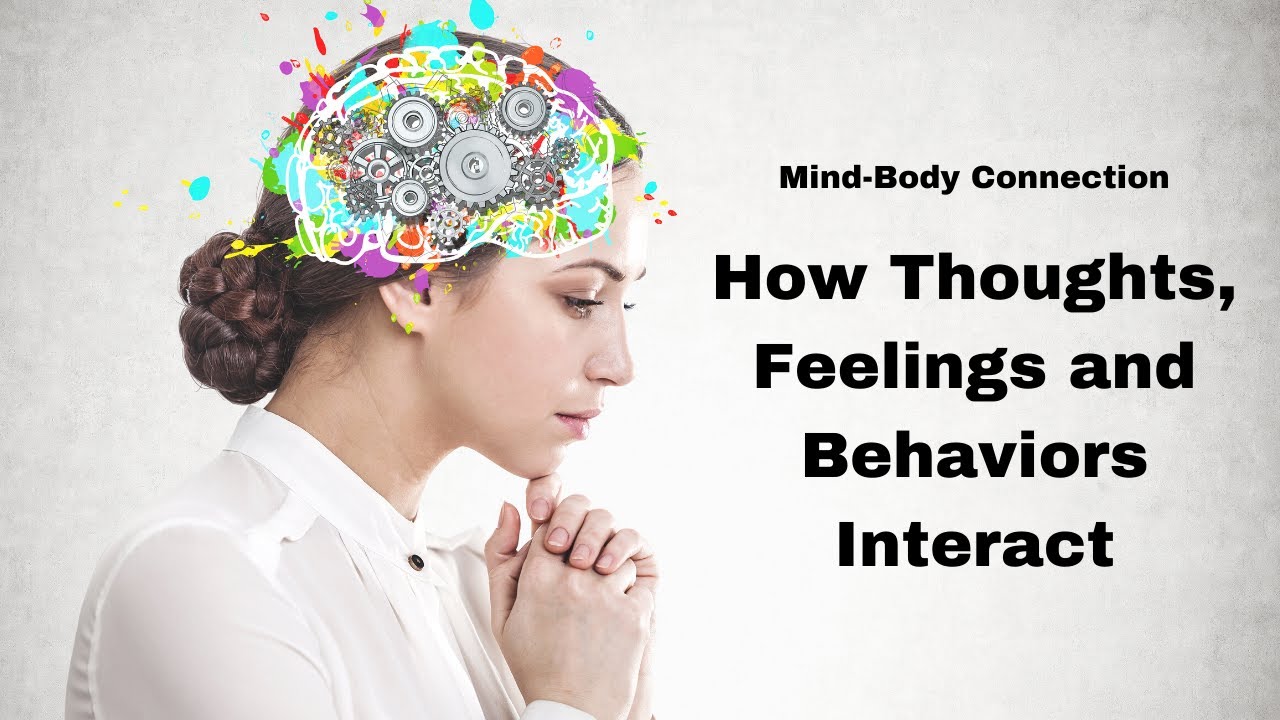
🕊️🌍 6. Literature and Movement Across Cultures
Around the world, cultures have long blended literature with movement:
-
In Indian classical dance, every motion has a narrative meaning—sometimes drawn from ancient epics like the Mahabharata or Ramayana.
-
Japanese Noh theater pairs poetic text with stylized movement and masks to express emotion and tradition.
-
In African drumming and dance, oral stories are preserved and passed down through rhythmic, physical forms.
These traditions remind us that separating literature and movement is, in some ways, a modern construct. Globally, they’ve always gone hand-in-hand (or foot-in-foot?).

✨ Final Thoughts: Let It Move You
Literature isn’t limited to the library. It’s alive in the sway of a dancer, the breath between lines in a performance, the footsteps of a poet pacing under moonlight.
So next time you read something beautiful, don’t just sit with it—move with it. Let it stretch your spine, lift your chin, twist your fingers, and pulse through your heartbeat.
Because in the end, literature isn’t just about words.
It’s about connection. Emotion. Life.
And life? Well, life moves.
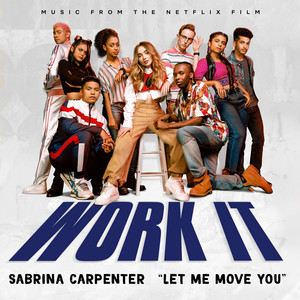

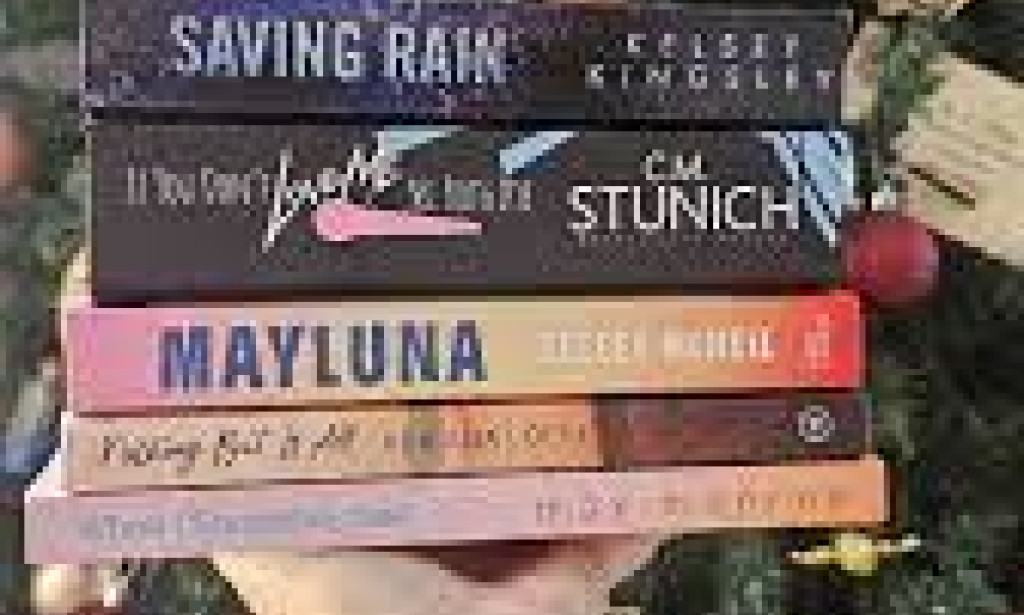
You must be logged in to post a comment.